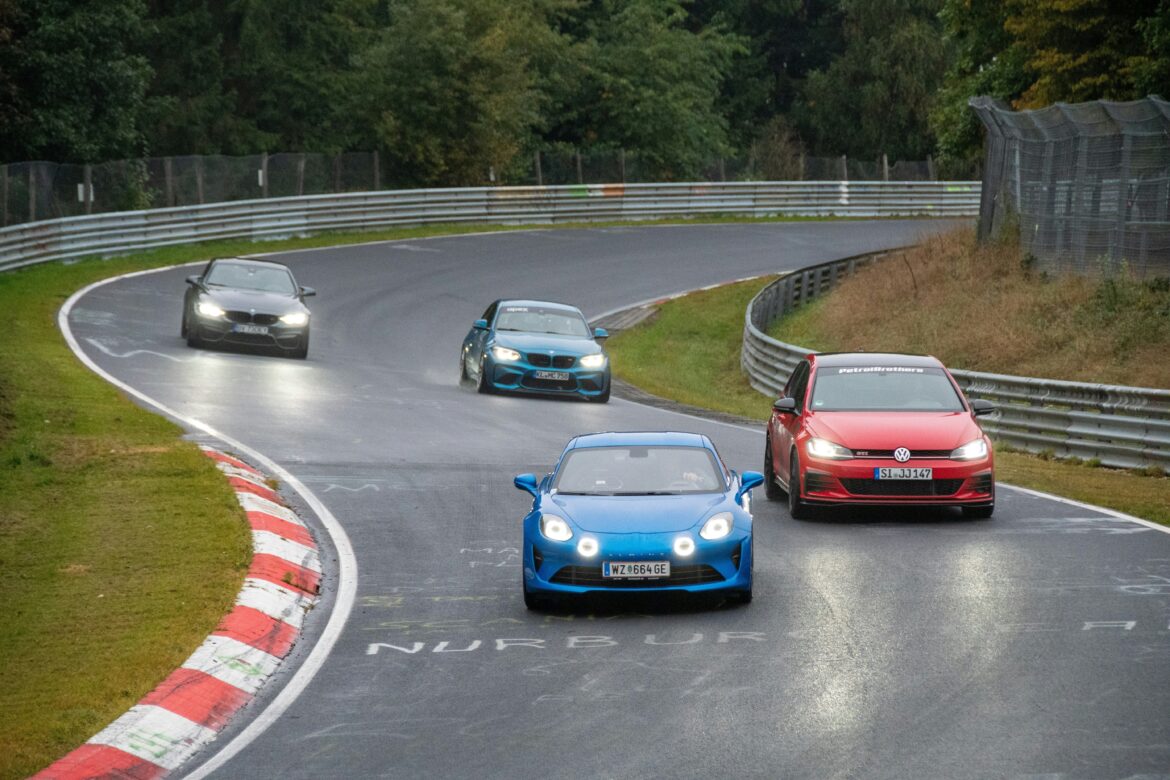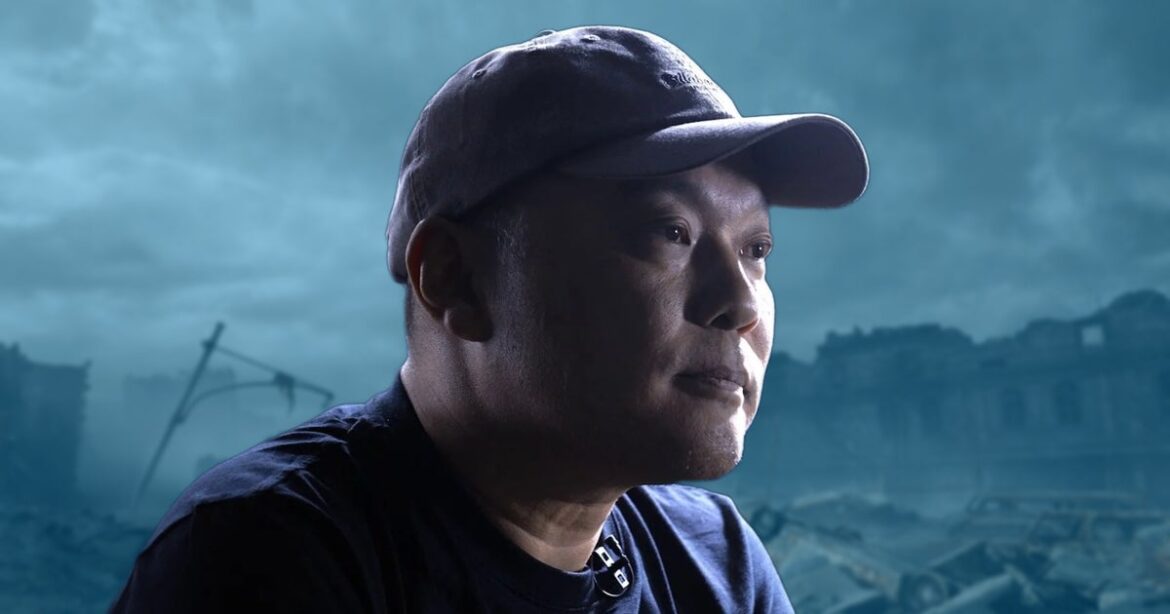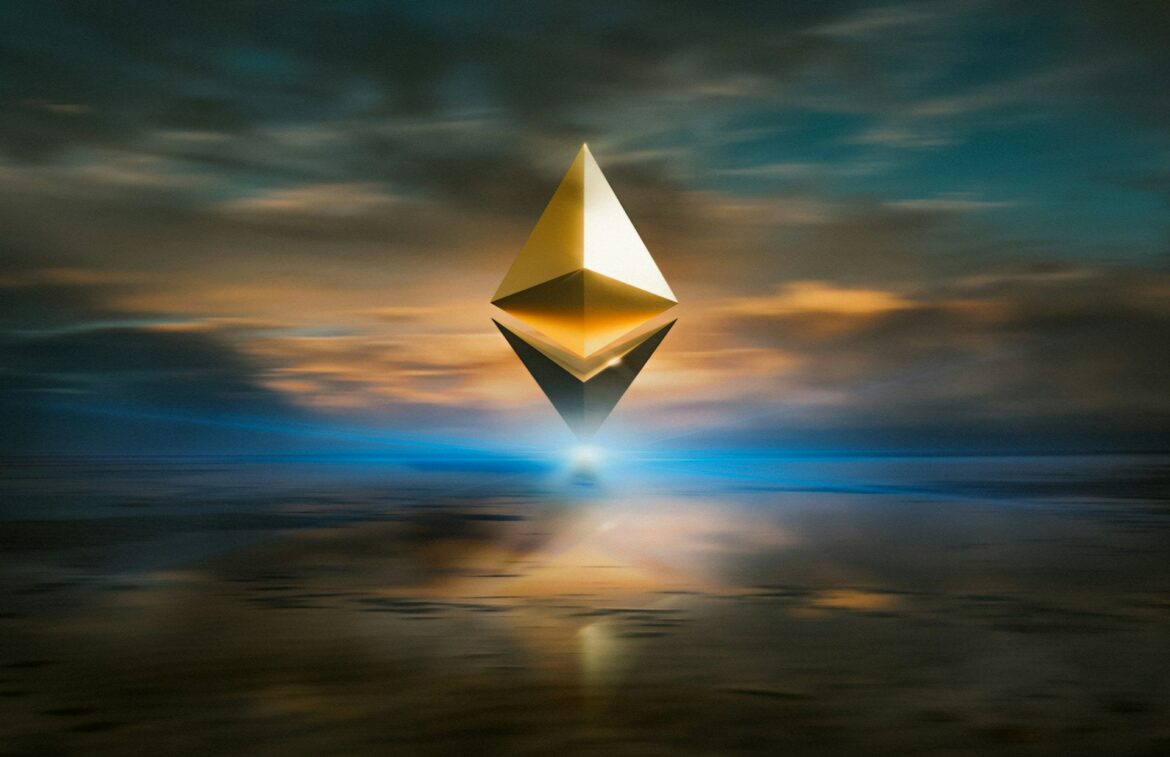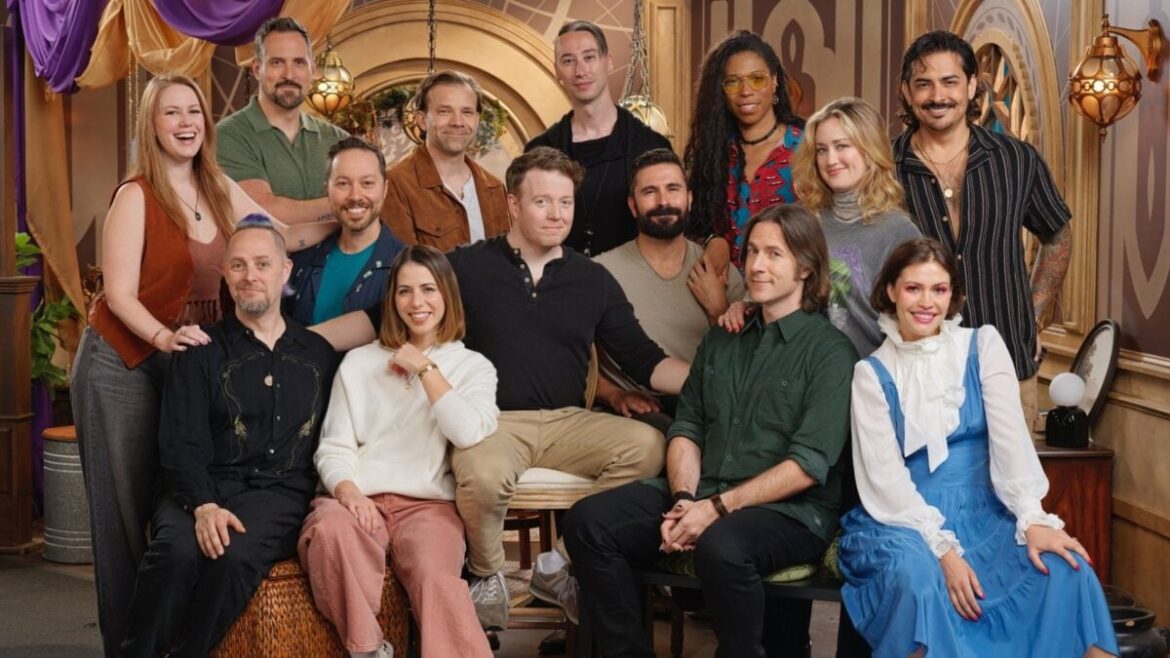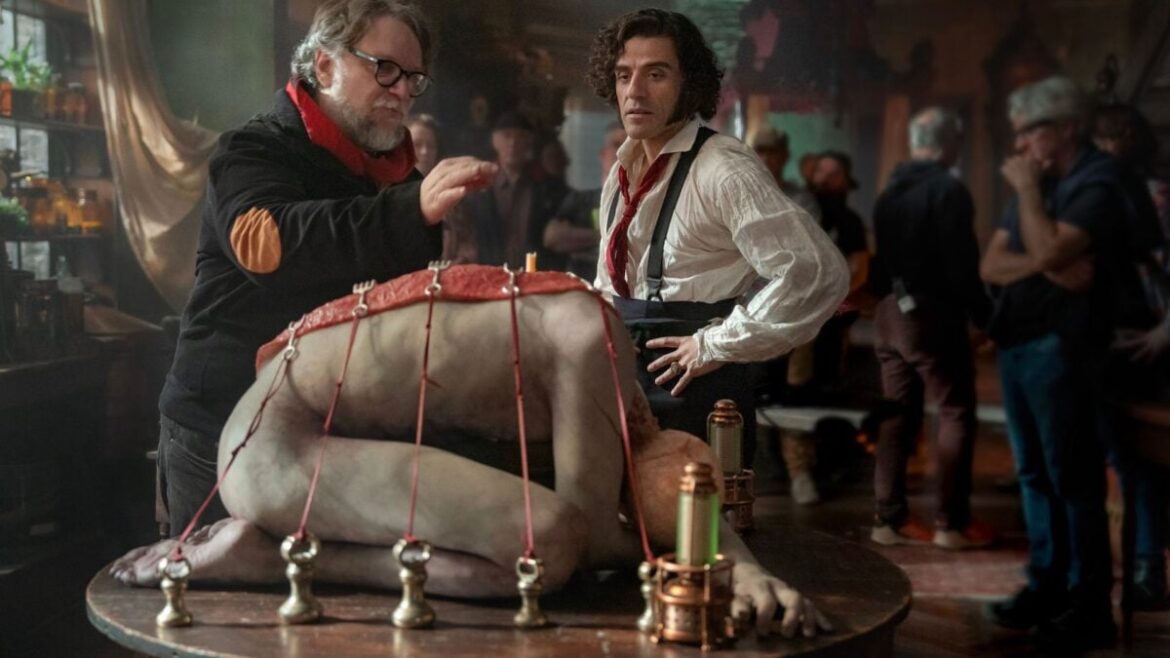Solana’s SOL outperformed the broader crypto market on Wednesday, climbing 7.68% in 24 hours to trade at $208.24, according to CoinDesk Data. By comparison, the CoinDesk 20 Index (CD20) rose 2.89% and the total crypto market cap gained just 1.6% during the same period.
Analysts said Solana’s strong performance reflects a combination of technical momentum and structural demand.
Scott Melker, a trader known as the “Wolf of All Streets,” argued that Solana is now at a critical level against bitcoin. He said a breakout here could make SOL the “darling” of the next altcoin cycle. His chart showed SOL pressing into resistance against BTC, a pairing that often signals whether a token can outperform the broader market.
Another analyst, Lark Davis, was more direct, calling Solana the “catch-up trade” for investors who missed ether’s (ETH) breakout from $1,400 during the last cycle.
Davis cited three drivers: the rise of SOL-based treasury companies modeled on bitcoin accumulation firms, the prospect of a spot SOL ETF getting approved in the near future by the U.S. SEC and growing institutional interest. These factors could push billions of dollars into SOL, he noted.
However, Altcoin Sherpa, another widely followed analyst on X, cautioned against chasing the rally. He described SOL’s strength as unusual but advised traders to consider taking profits between $205 and $215 or waiting for more clarity before entering. His view reflects the risk that weekend or short-term rallies often retrace once liquidity normalizes.
Meanwhile, DeFi asset management firm Sentora added another perspective, noting that more than $820 million in SOL is already held in corporate treasuries. The number is worth noting as ETH treasury holdings stood at a similar level in April before expanding to nearly $20 billion. The firm said that the SOL corporate holding trajectory suggests the token could follow a similar path if adoption accelerates.
Adding to the positive sentiments of some analysts, Solana is also seeing institutional adoption grow. Earlier today, staking service provider Chorus One announced the launch of a new Solana validator in partnership with Delphi Consulting, part of Delphi Digital.
The firms said the move reflects a belief that institutions should contribute not just capital but also infrastructure to the networks they back. Chorus One described the validator as institutional-grade infrastructure, positioning it as part of Solana’s growing base of serious, long-term participants.
Technical Analysis Highlights
- According to CoinDesk Research’s technical analysis data model, between Aug. 26 at 15:00 UTC and Aug. 27 at 14:00 UTC, SOL rose from $191.67 to $204.62, a 7% gain, with a trading range of $190.11–$205.65.
- Heavy volume at $193.92 during the early rebound (986,571 tokens traded) established this level as strong support.
- Resistance formed near $205.65, with repeated rejections around that corridor. Sustained price action above $202.00 suggests institutional buying.
- In the final hour of trading, SOL dipped to $202.95 before surging to an intraday high of $205.84 on strong volume.
- Key support is now near $202.82, while resistance is around $205.84. Bullish momentum points toward the $210.00 psychological barrier.

